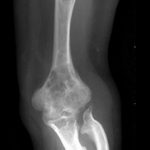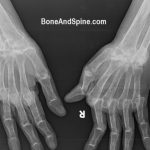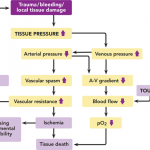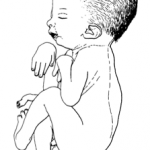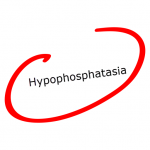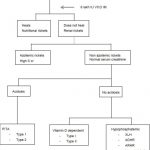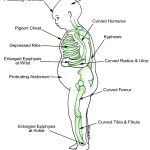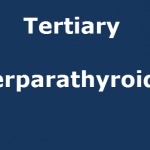Hemarthrosis is a medical term for bleeding into the joint cavity. It literally means blood in the joint. Acute hemarthrosis can occur with trauma or as a complication of blood disorders such as hemophilia. The most common joints affected are the knees, ankles, and elbows but other joints can be affected as well. With management, a joint […]
Metabolic DIsorders Affecting Bone
Ollier Disease – Causes, Presentation and Treatment
Ollier’s disease is a rare, nonhereditary skeletal disorder characterized by a multifocal intramedullary proliferation of hypercellular dysplastic cartilage. It is a type of enchondromatosis. Maffucci’s syndrome is another type of enchondromatosis where the skeletal lesions are accompanied by hemangiomas of skin, soft tissu, and viscera. Enchondromatosis represents a distinct developmental disorder of enchondral ossification and […]
Rheumatoid Arthritis – Diagnosis and Treatment
Rheumatoid arthritis is a chronic systemic inflammatory disease of unknown cause triggered by an autoimmune reaction leading to synovial membrane hypertrophy and chronic joint inflammation often with extra-articular manifestations. The trigger for the reaction could be external and is thought to occur in genetically susceptible individuals. Wrist and joints are most commonly involved and the […]
Compartment Syndrome Presentation and Treatment
Compartment syndrome is a condition in which there is an increased pressure within a limited space which compromises tissue circulation and function. Compartment syndromes can be acute, chronic. Acute compartment syndromes generally occur following a trauma and results in significant elevation of intracompartmental pressures. For example fracture of proximal tibia are frequently associated with compartment […]
Arthrogryposis Multiplex Congenita
Arthrogryposis multiplex congenita is a congenital deformity affecting the extremities, characterized by marked muscular wasting the loss of mass, increased fibrous tissue around the joints, and therefore disturbance of mobility and various characteristic deformities. Bone changes are usually secondary to the overlying soft tissue changes, as well as to the changes which have taken place […]
Hypophosphatasia Presentation and Treatment
Hypophosphatasia is an inherited disorder of defect in alkaline phosphatase coding gene that affects the development of bones and teeth because mineralization is disrupted. It was described initially by Rathbun in 1948. Hypophosphatasia has got varied presentation. The symptoms can appear anywhere from before birth to adulthood Severe forms of hypophosphatasia affect an estimated […]
Hypophosphatemic Rickets
Hypophosphatemic rickets is a hereditary form of rickets characterized by low serum phosphate levels and resistance to treatment with ultraviolet radiation or vitamin D ingestion. This disorder was initially called vitamin D resistant rickets, is now called hereditary hypophosphatemic rickets because the primary problem is phosphate wasting rather than true vitamin D resistance. [Read in […]
Renal Rickets
Renal rickets is the term used for rickets where the primary cause is not vitamin D deficiency but a renal disease leading to events that cause rickets or osteomalacia. [More about rickets] [More on Osteomalacia] Renal rickets is known by various names. Renal dwarfism, renal pseudorickets, and renal osteitis fibrosa cystica are forms of renal-caused […]
Rickets Causes and Treatment
Rickets is a condition where there is a defect in mineralization of the osteoid matrix caused by inadequate calcium and phosphate. If the defect occurs before the closure of the physis, it is known as rickets. The same defect when occurs after physeal closure is called osteomalacia Rickets or rachitis is a disease of infancy and […]
Tertiary Hyperparathyroidism Presentation and Treatment
Tertiary hyperparathyroidism is state of hyperparathyroidism characterized by excessive secretion of parathyroid hormone after long-standing secondary hyperparathyroidism, even after the correction of the cause of hyperparathyroidism. The term is also used in patients who have undergone kidney transplants but their parathyroid function does not return to normal. The cause is the same. The parathyroid glands […]

